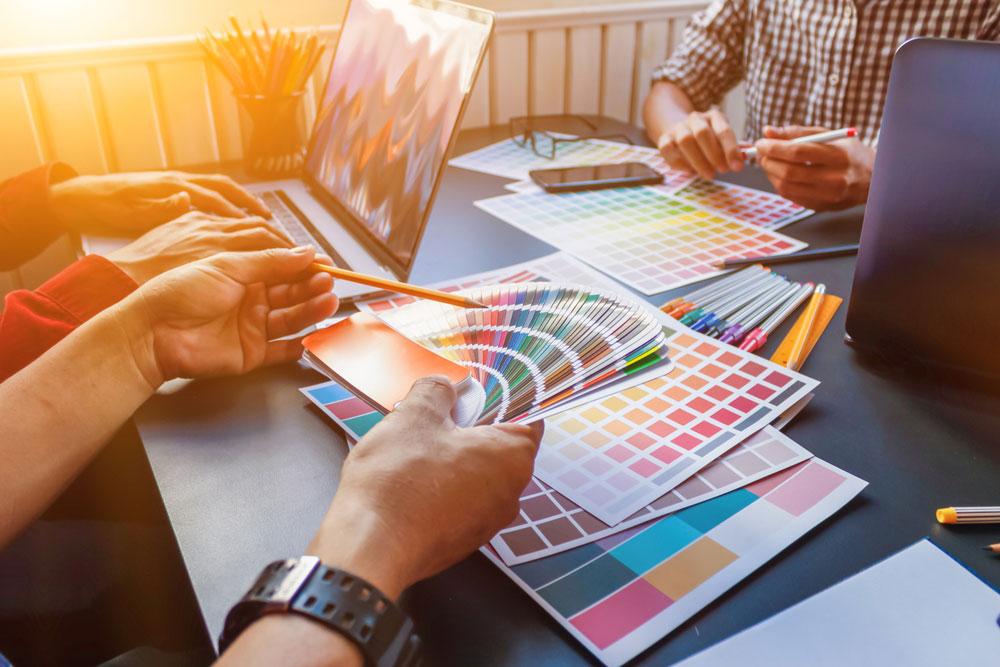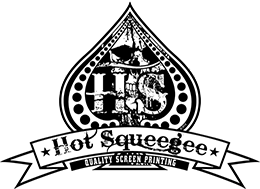Art Specifications
Camera ready artwork is required for all our products. Our fully staffed art department is available to supply this for you. Fully vectored art supplied by you is preferred to produce the sharpest prints and quickest turnaround time. As products and printing specifications differ, it is recommended that you call before creating your artwork. We reserve the right to edit art according to our printing and manufacturing capabilities to ensure a superior product. Any editing that results in a visible change will be proofed to you.

Art Terms
Vector Art:
Many people are confused about the difference between vector and raster artwork. Vector art is made up of lines and curves. Fully vectored art allows manipulation by use of nodes (or points) which can be moved within the graphic (edges can be straightened, lines smoothed, etc). Specific pantone colors are easily assigned to different areas in your design. Application programs like Adobe Illustrator, Corel and Freehand are used to create vector art. Vector art is preferred for most files and ensures the best quality output for type and graphic elements and results in smaller file size with much sharper output quality. If any fonts have been used in the creation of the artwork, they must be converted to outlines (curves) before the artwork is sent.
Raster Art:
Raster art, on the other hand, is made up of series of dots or pixels and is based on applications like digital photography, Photoshop and scanning software. Raster images (no nodes and cannot be manipulated) are mostly for CMYK separations (4-color process / photo-like images). All images should be scanned and created at 300 dpi (minimum) to the proper size of your layout. Stretching images to fit your art after they are scanned will lower the resolution and cause your job to print pixilated.
A black and white raster image will be acceptable for 1 color print-jobs only. Please check with your sales rep for printing capabilities. Remember images must be at 300 dpi or higher at actual size. Faxed artwork is not acceptable. Bad artwork with jagged lines, poor line width and definition will not reproduce any better than actual artwork. Art clean-up is time consuming and expensive so please always send the sharpest black and white image possible.
**A note on web graphics: Artwork created for the web should not be used for printed work, because the Web and commercial printing have substantially different needs. Often, these (web) files are under a 100k. If you use one of these tiny Web images in your printed work, images will be very pixilated or “jagged”, and the color quality will be poor.
What are pantone (PMS) colors?
PMS stands for Pantone Matching System and you will hear people referring to spot colors as PMS Colors or Pantone colors. PMS color callouts allow us to specify exactly what color should be used. Hot Squeegee uses the Pantone Solid Coated genre for calling out spot colors.
Please specify required PMS numbers on spot color artwork. Remember that colors incorrectly named or not called out may cause confusion and could result in delays or errors. If white prints as a color on your job, make a spot color called “White Printer” to clearly indicate where the white should print.
What is CMYK printing?
CMYK represents 4 basic colors (Cyan, Magenta, Yellow, and Black), and is often called four-color process printing. CMYK printing allows for great color variation, however the final product colors may not be exact due to printing variances. In situations where exact color match is imperative, pms colors are recommended.
What is a shade, a halftone, a tint, or a gradient?
Using shades of a PMS color can create the illusion of more than one spot color. These are known as screens, tints, halftones or shades. Gradients are formed by blending two or more spot colors to create a color spectrum instead of a solid print. Printing capabilities vary from product to product so check with our art department to see if these are options for your art. If there is supposed to be a gradation actually printed in the graphics, specify that clearly. Gradations and halftones may be modified at our discretion for printing purposes.
What is bleed?
When you hear the term “bleed” you must imagine the color on the page flowing off the edges of your panel. For shirt printing we require no bleed. For stickers and other printing as a general rule, a 1/8″ bleed on all sides of the finished, composed art is required for art that extends to the finished edge of an item.
File Types:
Vector File Extensions we like to see:
*.ai (Illustrator CC 2014 or earlier) , *.pdf , *eps
Raster File Extensions we like to see:
*.psd (layers are preferred, along with a flattened version for reference)
*.tif
*.bmp
*.eps (duotones only, please use a .psd or .tif format for other raster images)
*.jpeg’s & .gif’s are great for the web, but not recommended for print output
Submitting Your Art:
Please submit your art to [email protected]. 8 characters or less with a three letter naming extension. Ex. “art1.eps”. Please note the format and version of the software in which the art was created in your e-mail to avoid problems. All fonts should be converted to curves or outlined to avoid incorrect font substitution and spacing errors.
Don’t Have Digital Art?
For any art elements not created on a computer, we can scan and redraw them. There will be a charge required for this and the accuracy of the reproduction may not be perfect. The more accurate and clean the artwork you supply, the better. These formats are listed in order from most to least desirable.
*Camera ready art:
Solid black, bold, clean art on white gloss paper such as Imagesetter output on Resin Coated paper.
*Laser printer output:
Preferably output at 200-300% of final size.
*Letterheads, printed logos:
Sharp edges and good contrast are desirable.
*FAX transmissions, Photocopies, business cards
These and other low grade images are best avoided if possible but will suffice only if nothing else exists.
UPS shipping
Free online proofs

